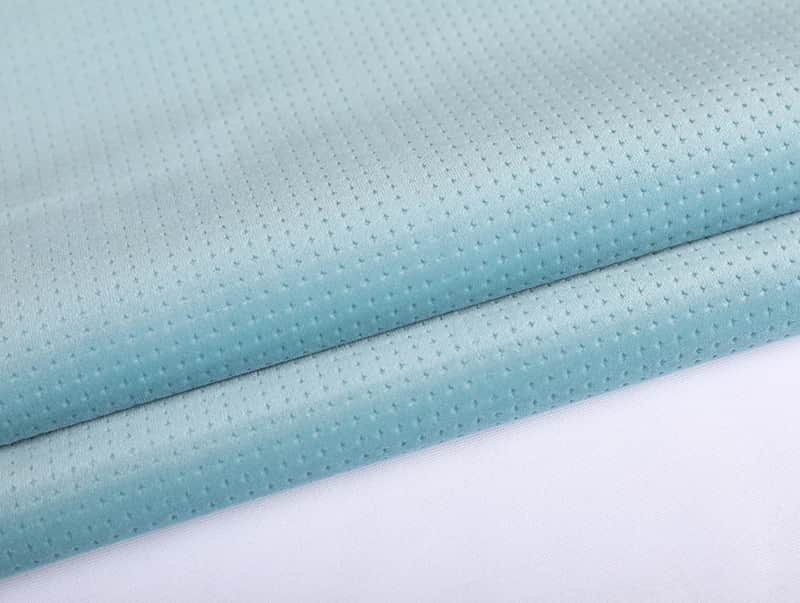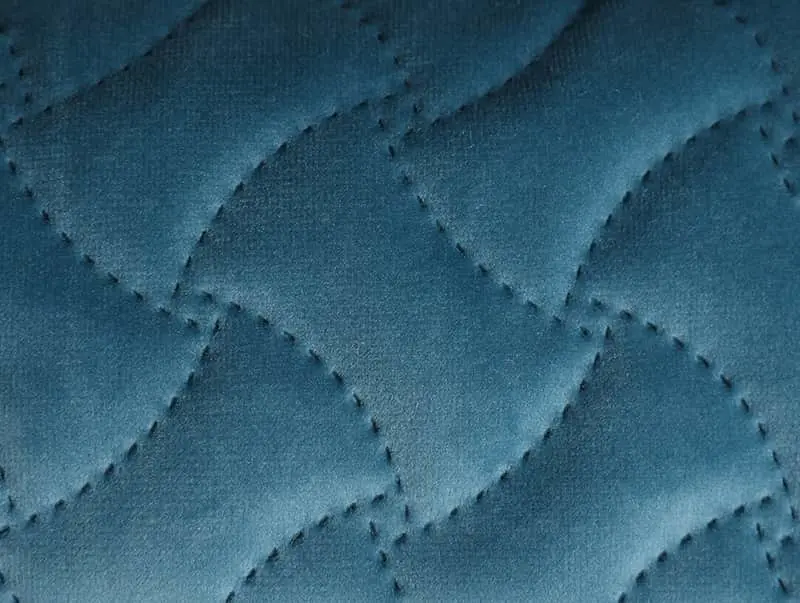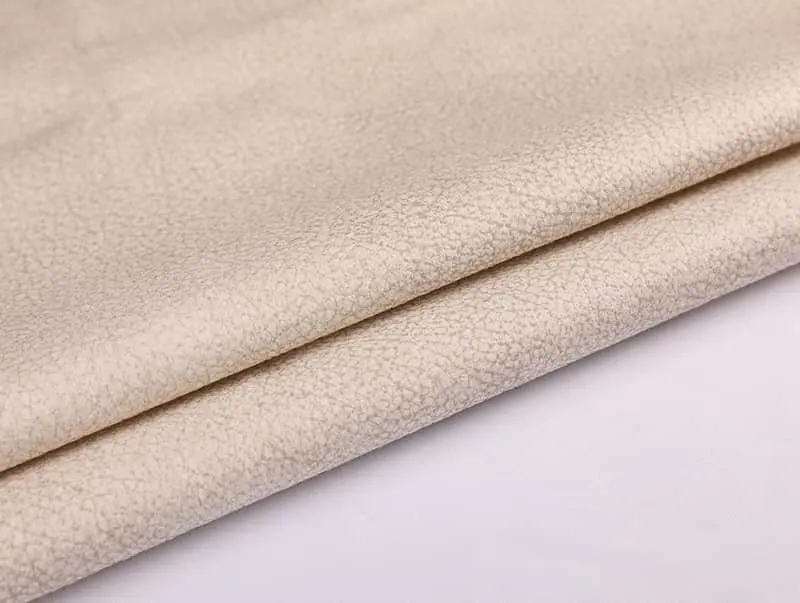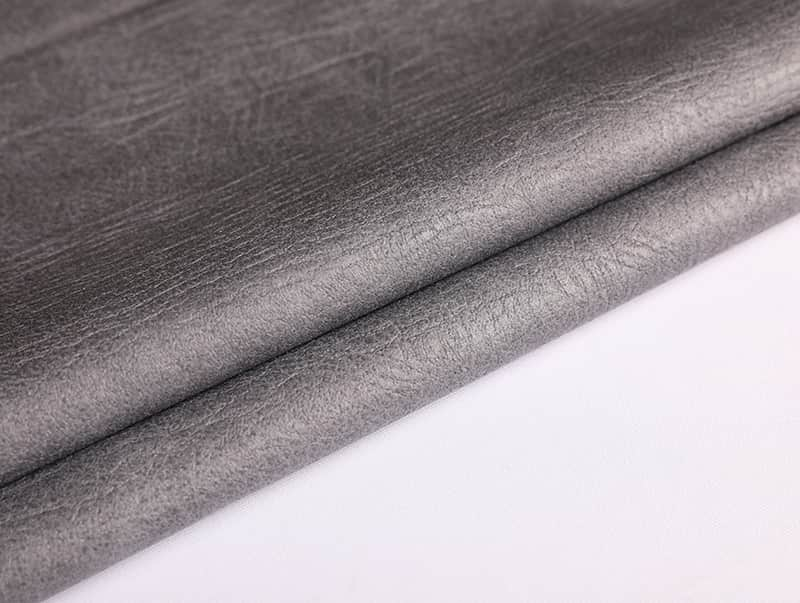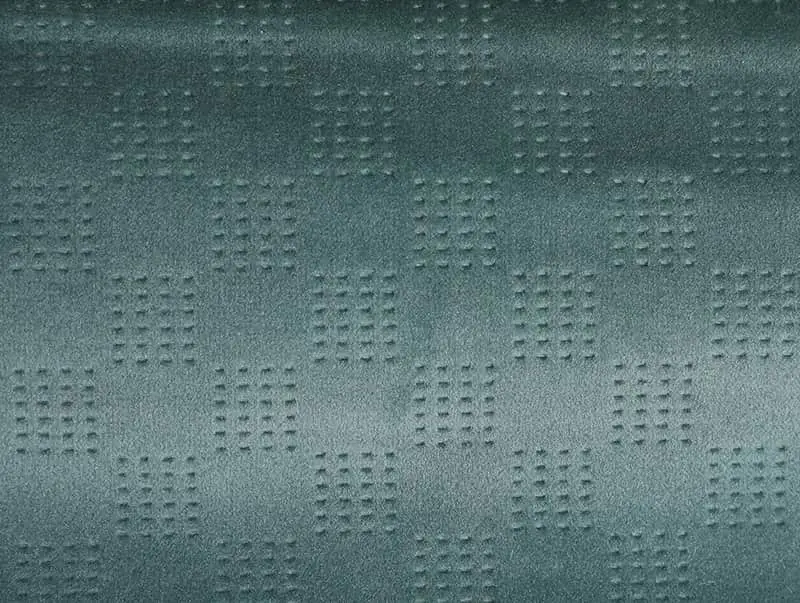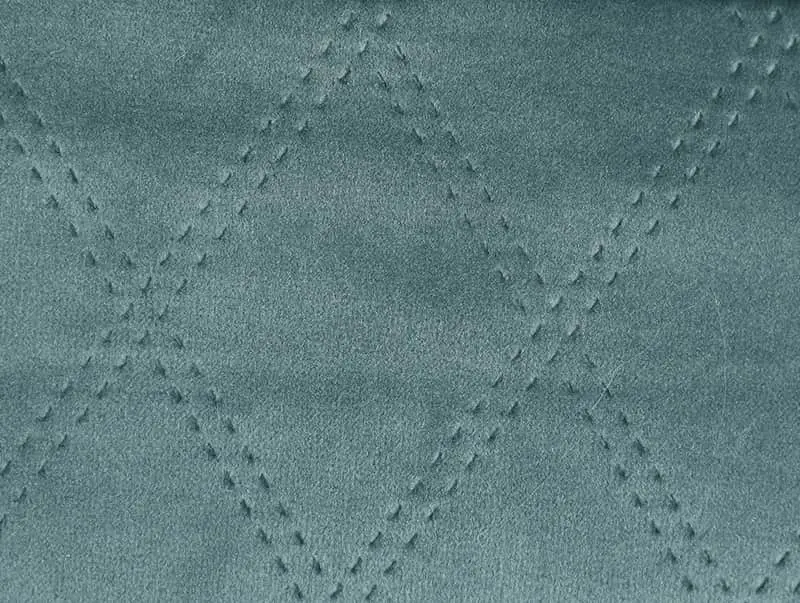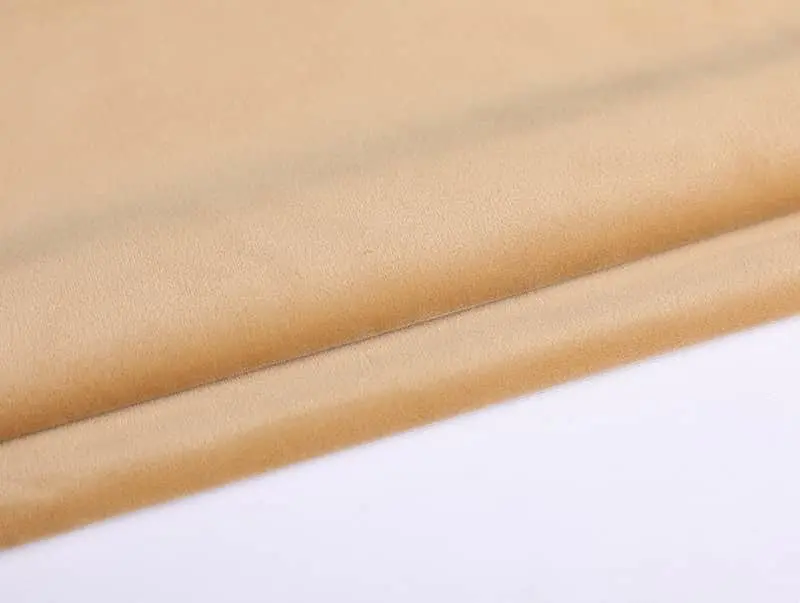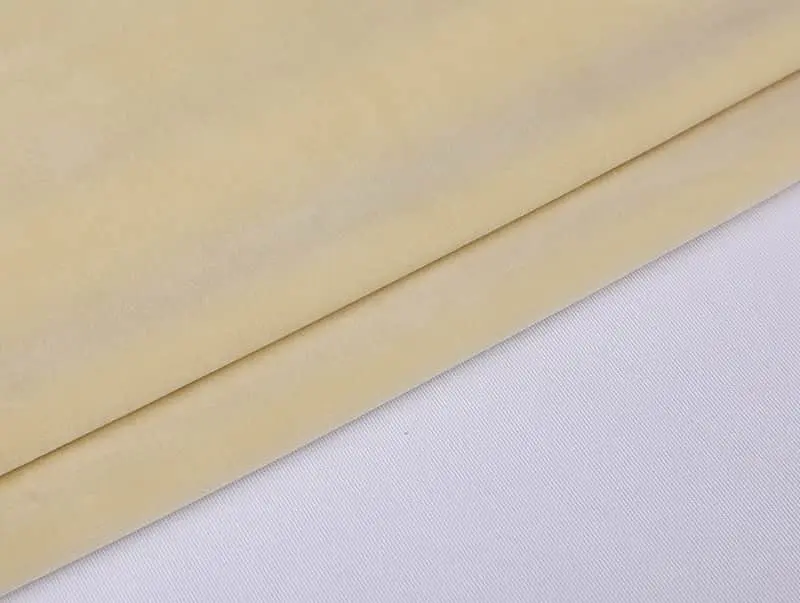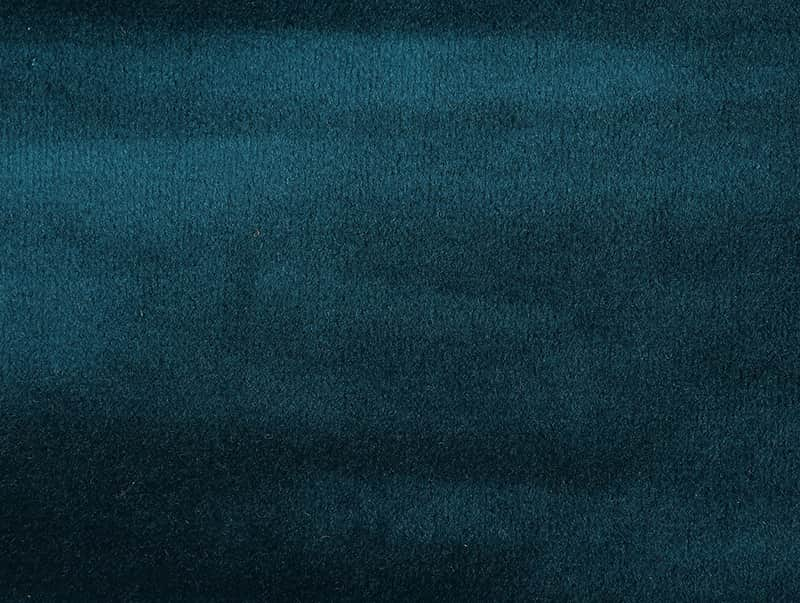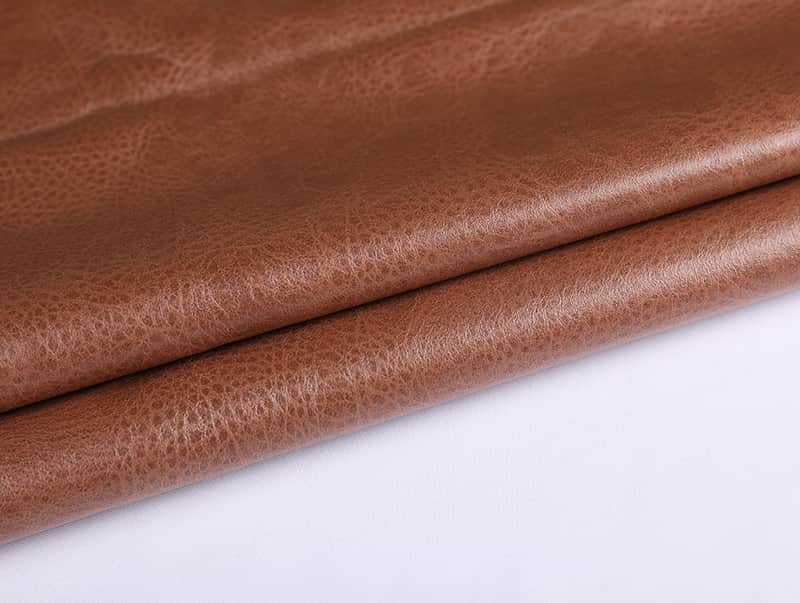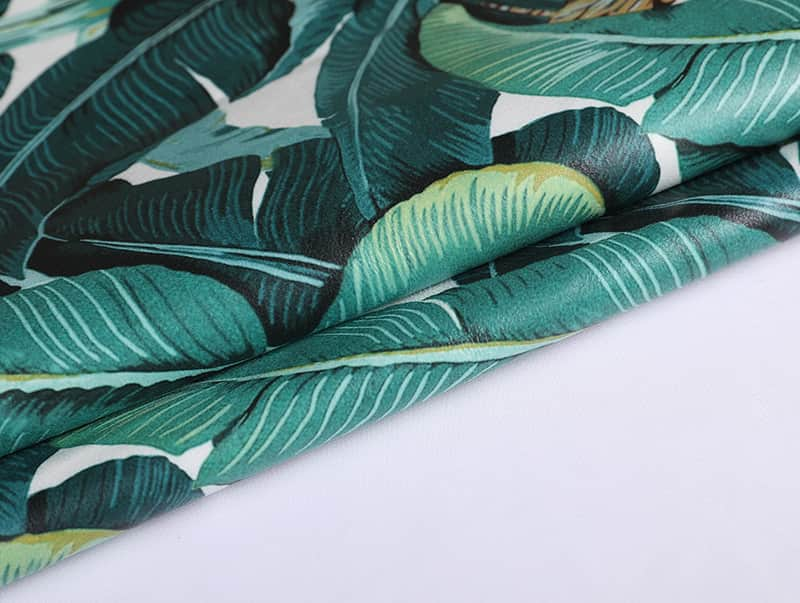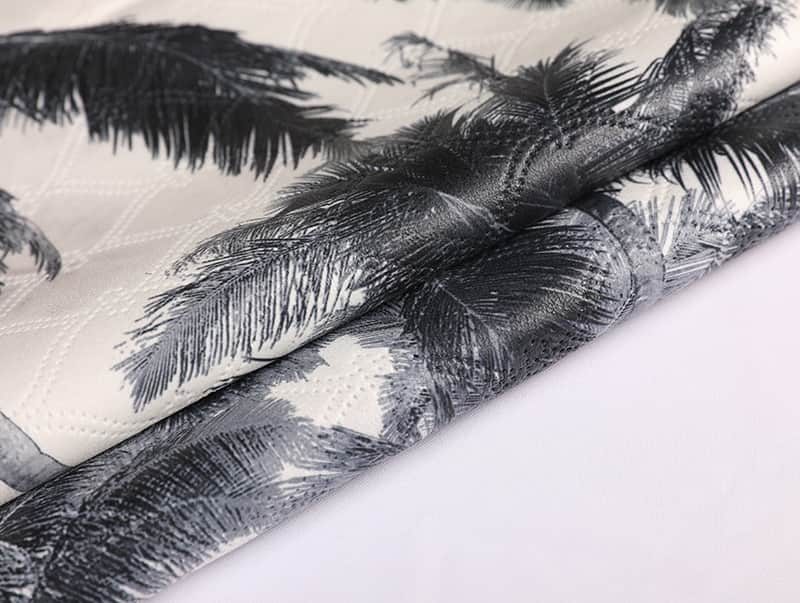Velvet has long been associated with luxury, comfort, and elegance, making it one of the most popular choices for upholstery in residential and commercial interiors. While its distinctive soft pile and lustrous surface define its appeal, the type of fiber used in the fabric significantly influences its appearance, feel, durability, and maintenance requirements. Understanding the common fibers used in velvet upholstery fabric can help designers, manufacturers, and consumers make informed choices for various applications.
1. Natural Fibers
Natural fibers have been used in velvet production for centuries, offering a combination of softness, breathability, and aesthetic appeal.
Cotton: Cotton velvet is one of the most widely used types for upholstery. It provides a soft and breathable texture, with a matte or slightly lustrous finish depending on the weaving technique. Cotton is easy to dye, allowing for rich and vibrant colors. However, cotton velvet is less elastic and may be prone to crushing or showing wear in high-traffic areas, making it better suited for decorative or moderate-use furniture.
Silk: Silk velvet is considered the pinnacle of luxury. It offers a smooth, soft texture with a natural sheen that enhances color depth and highlights. Silk velvet drapes beautifully and is often used in high-end furniture, draperies, and accent pieces. Despite its elegance, silk is delicate, expensive, and requires careful maintenance to prevent fading, staining, or damage from friction.
Wool: Wool-based velvet brings natural resilience, elasticity, and warmth. It is durable, resists wrinkling, and provides a comfortable surface for upholstery. Wool velvet is ideal for pieces that require a balance of luxury and longevity, though it can sometimes feel coarser than cotton or silk, and its cost may be higher.
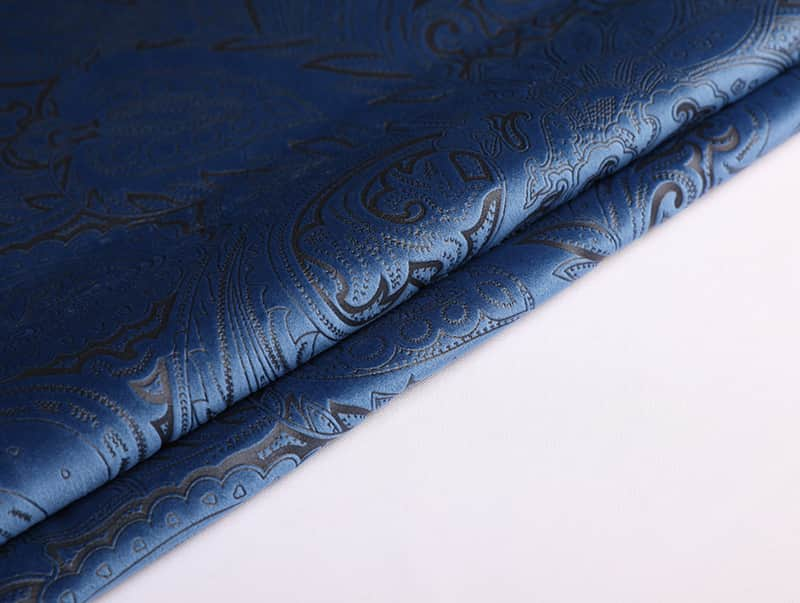
2. Synthetic Fibers
Synthetic fibers have become increasingly popular in velvet upholstery due to their durability, colorfastness, and resistance to wear and environmental factors.
Polyester: Polyester velvet is highly durable, resistant to fading, staining, and abrasion. It retains its pile and appearance even in high-traffic areas, making it suitable for everyday furniture, commercial settings, and homes with children or pets. Polyester can also mimic the look and feel of natural fibers, especially when blended with cotton or silk.
Nylon: Nylon is often blended with other fibers to enhance strength and elasticity. It provides excellent stretch recovery, helping velvet maintain its smooth texture and resist crushing over time. Nylon-based velvets are particularly suitable for furniture that undergoes frequent use or pressure.
Acrylic: Acrylic fibers are lightweight and soft, often mimicking the feel of wool. Acrylic velvet is resistant to moisture and mildew, making it an attractive option for upholstery in humid climates or spaces where cleaning and maintenance must be easy.
3. Blended Fibers
Blends of natural and synthetic fibers are common in modern velvet upholstery. By combining fibers, manufacturers achieve a balance of softness, luxury, durability, and affordability.
Cotton-Polyester Blends: These combine the comfort and natural feel of cotton with the strength and stain resistance of polyester, offering a versatile fabric suitable for both decorative and functional furniture.
Silk-Viscose or Silk-Polyester Blends: These blends preserve the luxurious sheen and softness of silk while improving durability, reducing cost, and making the fabric easier to maintain.
Conclusion
The fiber composition of velvet upholstery fabric directly impacts its texture, durability, appearance, and suitability for different applications. Natural fibers like cotton, silk, and wool provide softness, comfort, and a luxurious aesthetic but may require careful maintenance. Synthetic fibers such as polyester, nylon, and acrylic enhance strength, stain resistance, and colorfastness, making them ideal for high-traffic or practical settings. Blended fibers offer the best of both worlds, combining the elegance of natural fibers with the performance of synthetics.
When selecting velvet upholstery fabric, understanding the role of fiber types is essential for achieving the desired balance between luxury, durability, and functionality. Choosing the right fiber or blend ensures that the fabric not only looks and feels exquisite but also performs reliably in its intended setting.
